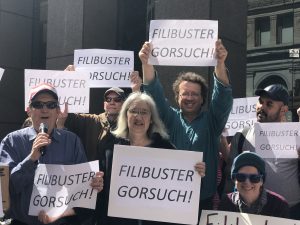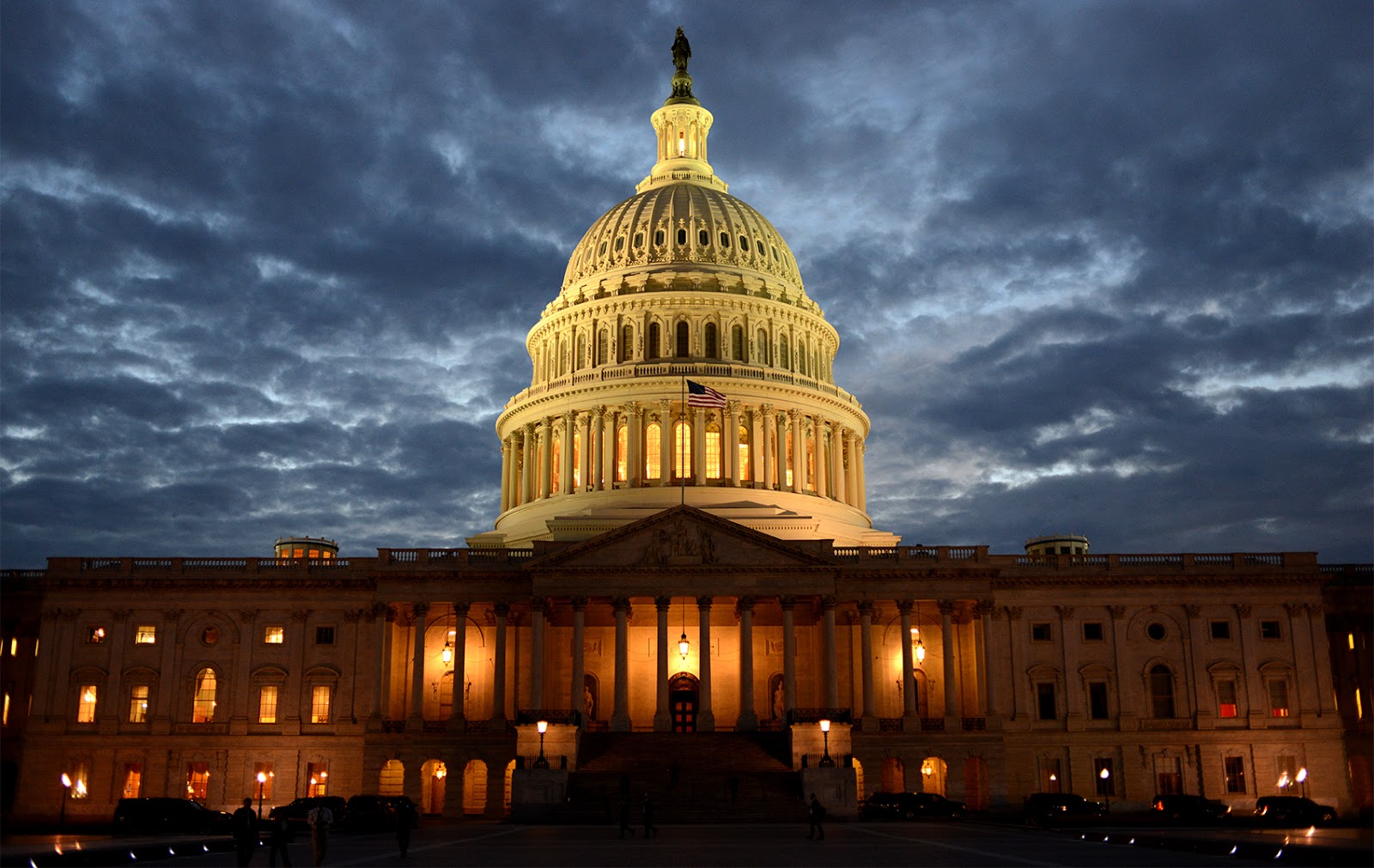On November 21, 2013, Senate Democrats confirmed Brett Kavanaugh as an Associate Justice of the Supreme Court of the United States of America. Not literally, of course, yet the essence of Kavanaugh’s successful confirmation to the highest federal court of the United States can be traced back to the elimination of the filibuster, which took place on said November day.
“Filibuster Out”
What actually happened that day in 2013 was a historic amendment of Senate rules by the Democrat majority. Democrats, under Senate Majority Leader Harry Reid, eliminated the filibuster on executive and judicial nominations, with the exception of Supreme Court nominations, in response to a partisan gridlock caused by Senate Republicans repeatedly drawing on their right to indefinitely extend debate.
While filibustering itself is a long established tool in the Senate, its use has “skyrocketed to unprecedented levels during the Obama Administration” – 27 cloture votes have been invoked on executive appointments made by President Barack Obama. That is more than under the ten presidents before him. Combined.
Unsurprisingly, the move had caused great dissent among Republicans, who were convinced that “Democrats would ultimately reap what they sowed”. They eventually did: First, in 2017, with Republicans eliminating exceptions of the filibuster for Supreme Court nominations in order to move forward with the confirmation of President Trump’s appointee Neil Gorsuch.

And again, with the confirmation of Justice Brett Kavanaugh just a few days ago.
An Impartial Supreme Court?
One can see why Democrats thought it necessary to put an end to the filibuster’s unproductive political repercussions. Yet, eliminating such a powerful political minority tool can be considered a bold move. Especially, when the Executive and Legislative Branches are controlled by the same political party, overreaching into the Judicial Branch is now much easier than before. And we may be witnessing this first hand.
With Kavanaugh – appointed and confirmed by the Republican Party – replacing swing vote Anthony Kennedy, the court is now dominated by conservative justices, aligning with Republican ideology. The great partisan animosity carried by Kavanaugh places the Supreme Court in an equivocal position. Created to offer checks on the Legislative and Executive Branches, the supposingly apolitical court has suddenly become a part of what New York Times author Charlie Savage accurately titles Senators’ “tit-for-tat escalation of partisan warfare”.
Legitimacy of the Supreme Court rests with the faith of the American people and a potential shift of the Supreme Court towards a more conservative interpretation of the law is not unlikely to result in a loss of said faith among liberals, which, according to a 2017 poll, make up 46% of the American people. For the Supreme Court, losing back-up from almost half of the American population will have consequences of inconceivable magnitude.

The Future of Justice
So where do we go from here? The filibuster is dead and the consequences of this are real. If there is one positive effect of the dissension around Kavanaugh’s appointment, it is the reignited call for reform of the Supreme Court.
A popular proposal is the abolition of lifetime tenure and its replacement with single, staggered 18-year-terms. Not only would a faster turnover de-intensify confirmation battles in the Senate, it would also allow every president to appoint two justices per term, with a minimized risk of one party appointing a majority of the court. Rather than Supreme Court openings being “lotteries to be won by lucky presidents”, a guaranteed set of appointments per president adds a more democratic character to the nomination of justices.
Another widespread idea revolves around “packing” of the court. Rather than trying to run from its fate, according to Jacob Hale Russel, the Supreme Court should embrace the inevitable: politicization. A larger judicial body would increase representation and diversity, and generally be more productive. Justices would be less likely to get stuck on a bloc-voting pattern and coalitions would form more easily regardless of partisan divide.
Yay or Nay?
How likely is an actual reform of the Supreme Court? In theory, the Supreme Court as we know it today can be – more or less easily – reformed. The number of judges on the court is not defined in the Constitution but rather by a congressional act, correspondingly simple would be a change in terms of membership – also through a congressional act. Somewhat more complicated, but by no means impossible, is the introduction of limited terms, since lifetime tenure is indirectly provided for in the Constitution. A change in tenure would require an amendment to the Constitution, which certainly is significantly more time-consuming than an Act of Congress.
In practice, however, a reform of the Supreme Court may alter the legal framework but the core issue of politicization is likely to remain untouched. Washington Post’s Robert Barnes reminds us that, by definition, only those issues most difficult to resolve end up before the Supreme Court. That includes hot-button issues like gun control, abortion rights, death penalty – issues that have done a great deal in separating the people along partisan lines. Barnes is convinced that an honest judge should not only separate interpretation of the law from his personal political views but moreover judges in accordance to what’s best for the country. A deeply divided population cannot be considered to be in anyone’s best interest, yet Kavanaugh’s confirmation itself has further entrenched the gap between Republicans and Democrats. It will be in the hands of the Supreme Court to reverse the crisis Kavanaugh may have triggered for the judicial branch. After all, according to Barnes, a happy ending is in everyone’s best interest. Let’s just hope he is right.
By Maya Diekmann
Photo Credits:
The End Of The Government Shutdown 2013, Stephen Melkisethian, CC BY-NC-ND 2.0
Justitia, Tim Reckmann, CC BY-NC-SA 2.0
Filibuster Gorsuch, Master Steve Rapport, CC BY 2.0










